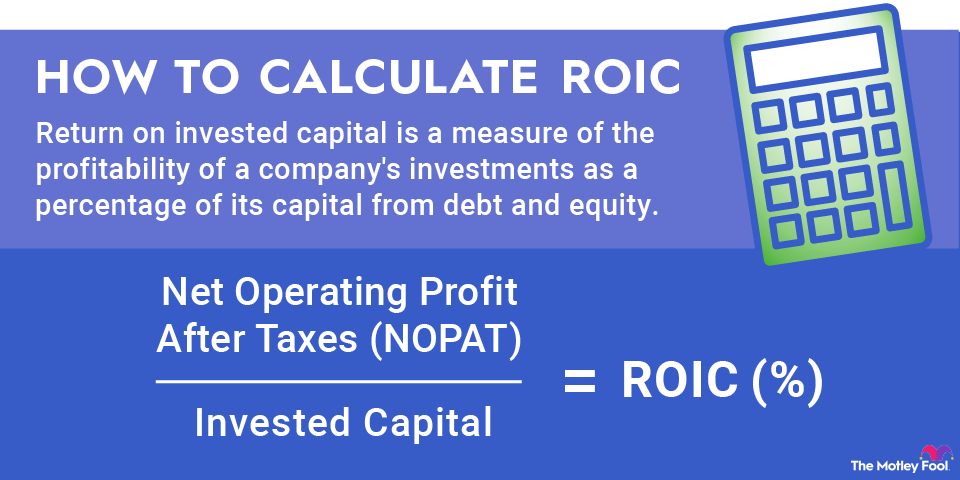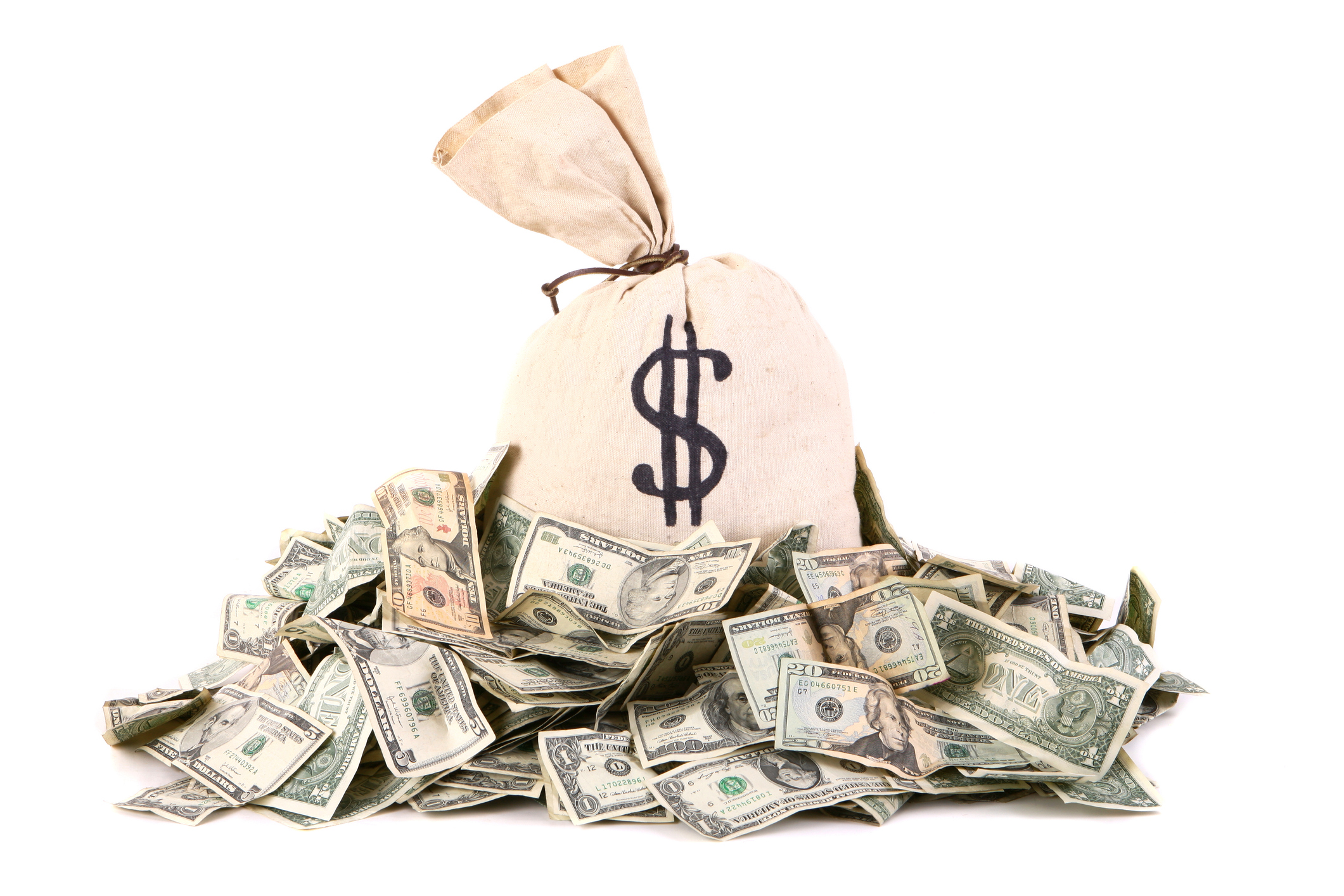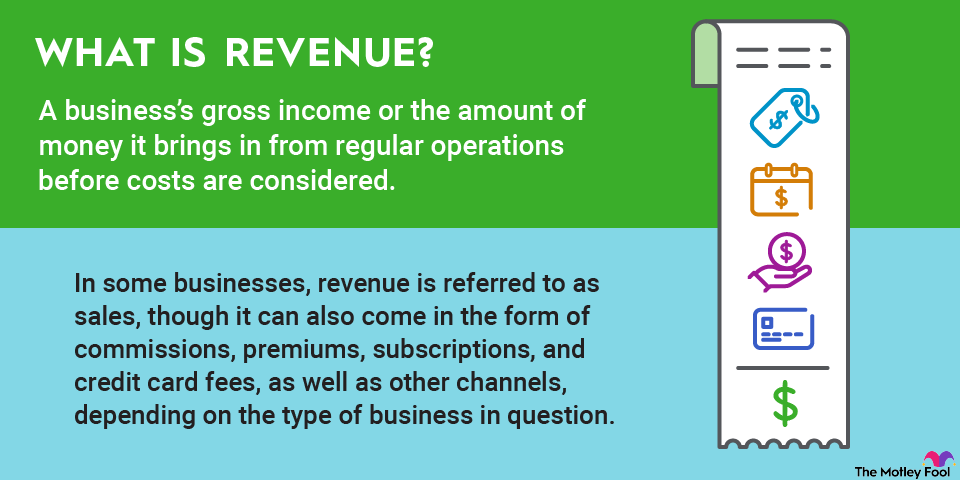Return on invested capital (ROIC) is a measure of the profitability of a company's investments as a percentage of its capital from debt and equity. It's a useful metric to analyze a company and put its stock valuation in perspective.
Digging through a company's financial statements and doing a little math can help you determine whether a company's stock deserves to be trading at a premium to its peers or if it's undervalued by the stock market.
In this article, we'll go over how to calculate ROIC, what investors can learn from the metric and where it falls short, and give a real-world example.

Understanding ROIC
Return on invested capital can be very informative for investors. It takes into account the entire balance sheet and uses the income statement to evaluate it. It can be used with other profitability ratios such as return on equity to dig deeper into the business. ROIC accounts for the entire capital structure of a business -- both debt and equity -- as it's used to finance operations.
ROIC can be useful on its own. A high return on invested capital is a good sign that management is investing in profitable projects. However, it's best used when compared to the cost of capital for a business.
A weighted average cost of capital (WACC) tells investors how much it costs a business to finance its activities across both debt and equity. If the company produces a ROIC greater than its WACC, it's creating value for shareholders. However, if ROIC is less than WACC, the company is paying more to finance operations than it's generating in profits.
ROIC is much more important in some industries than others. It provides a lot more value for investors in capital-intensive businesses such as brick-and-mortar retailers, telecommunications, and energy companies. Businesses with low capital intensity like software companies won't put too much focus on ROIC. It becomes confusing to use ROIC to evaluate financial companies, where capital is a part of the business itself. That makes it practically inapplicable to the industry.
How to calculate ROIC
Calculating return on invested capital requires you to dig into a company's financial statements.
ROIC is calculated with a simple formula:
Net Operating Profit After Taxes (NOPAT) divided by Invested Capital. (It's expressed as a percentage.)
Calculating NOPAT
To calculate NOPAT, you'll need two numbers that can be found on a company's income statement: Earnings Before Interest and Taxes (EBIT) and the company's marginal tax rate.
You may have to do a little digging to find EBIT. You can take operating income and add in any other income the company generated. Or you may find EBITDA and subtract depreciation and amortization expenses from that.
Depreciation
For most companies based in the U.S., the federal marginal tax rate is currently 21%. The state tax rate will vary depending on where a company is based and where they pay taxes. You can also use the company's effective tax rate for the period, but be sure to adjust for any one-time tax events.
Once you have those numbers, the formula is NOPAT = EBIT * (1-tax rate).
For example, if a company generated $1 billion in EBIT with a marginal tax rate of 25%, its NOPAT is $1 billion * (1-25%) = $750 million.
The bottom line
Using return on invested capital can give you a better understanding of a business and how it uses its balance sheet to generate profits for investors. You can also analyze its financing and future investments based on ROIC and analyze its historical trends.
ROIC can be very valuable in comparing one company against its competitors. If one company has a notably higher ROIC -- after adjusting for differences in balance sheets -- it indicates that it has a competitive advantage. As such, its stock ought to trade at a premium valuation relative to its peers. If it doesn't, it may present a buying opportunity for a savvy investor.
At the very least, performing an ROIC analysis will require you to dig into a company's financial statements and learn more about the companies you're analyzing. The practice will make you a better investor.



















